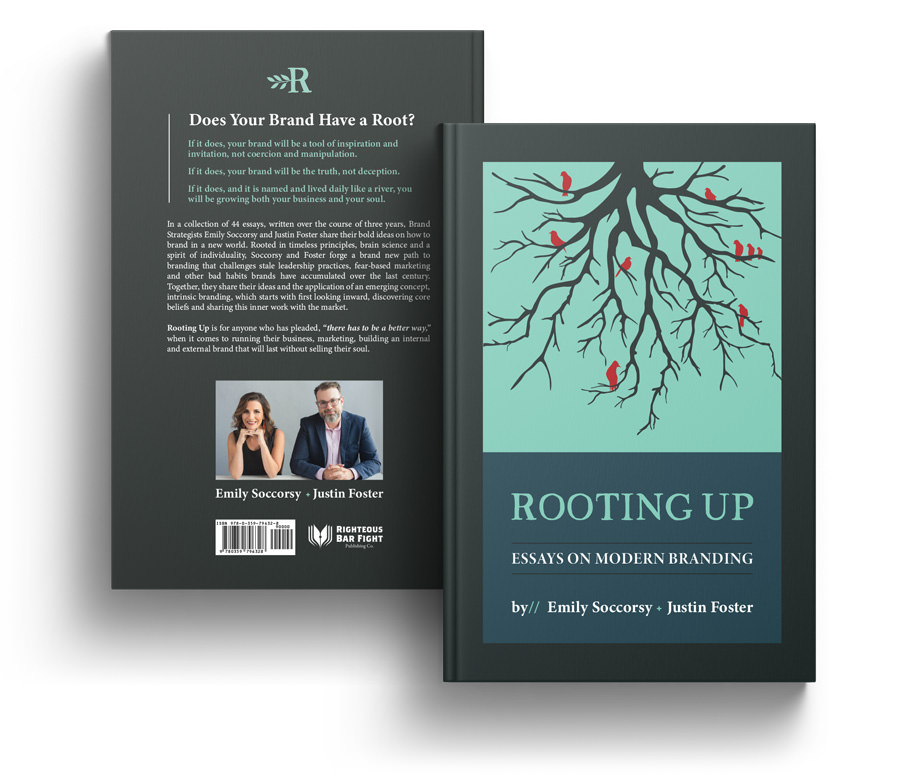Filed Under: 21st Century Branding, Intrinsic Branding, Leadership
By Chris Klonoski
For a decade a dear friend and I, both in the throes of child-raising and career-managing, hosted a “gift of the month” club.
Membership in the club? Two.
It was just for us. We would set a theme, a budget, and a lunch or happy hour to exchange.
Every month, I would wrestle with the decision of whether to stick to the theme or buy her something she really wanted or needed. Gifts were purchased, wrapped, carried to the restaurant in beautiful bags or baskets, and shared.
Our “club” was really about carving out time to see each other, connect, and celebrate our friendship and each other in a fun and tangible way.
A lot of decisions had to be made to make the “Gift of the Month” club successful, but ultimately, it really boiled down to knowing one another. Knowing the other person’s personality and traits, what situation they were in, what challenges or struggles they were facing, and how to bring a little joy into their day.

In professional terms, it was about Audience.
In Root + River Root Sessions, we dive deeply into Audience, spending quality time exploring and understanding who your business serves. We name them, create a definition describing who they are, and then focus on how to attract them, know them, grow your relationship with them, and serve them.
Understanding your Audience helps you focus. Once Audience is understood, decision-making becomes cleaner, clearer, and quicker.
Four Steps to Audience-Centered Decision-Making
Define the Issue
What decision needs to be made? To make an informed choice, start by understanding your Audience. Identify their needs, desires, and challenges. Consider how your business’s product or service can address these needs. Understanding the context of their situation ensures your decision aligns with both what they are dealing with and what they need.
Analyze/Research Options
How does my Audience benefit? Research various options and evaluate how each will impact your audience. What makes you different? Is it your service, creativity, experience, or product? Consider what and how your business provides what they need, and the benefits and drawbacks from their perspective.
Move from feelings and assumptions into information. Gather data and insights to determine which options best meet their needs and provide the most value. This does not always have to come from an analytics page. Actionable knowledge is often uncovered in testimonials, interviews, sales team feedback, customer surveys, and good old-fashioned conversations.
Implement and Communicate
What makes them special and how did I acknowledge that? Once you’ve chosen the best option, implement it effectively. Communicate the decision clearly to your audience, highlighting how it addresses their unique needs and concerns. Acknowledge their individuality and show that you value their input and experiences.
In other words: do it, talk about it, ask them how they liked it, adjust it.
Your customers/clients enjoy knowing that they have been seen and heard. You can never go wrong in demonstrating that you know them, have heard what they have said (and sometimes what they didn’t say), and are endeavoring to meet (and exceed!) their needs/desires. Tell them about it.
Learn and Create
How do I value them and what do I do next? After implementing a decision, gather feedback to learn how well your decision met their needs. Use this information and data to create better solutions in the future. Show your Audience that you value them by continuously improving and adapting based on their input.
Knowing your audience and what they need or want clears up the fuzziness that can surround decision-making. You already know yourself, your team, and your business, so staying focused on your audience becomes that fourth pillar that brings stability to your decision-making. This clarity can be the gift that sets your business apart, allowing you to make decisions that truly resonate with your audience.
